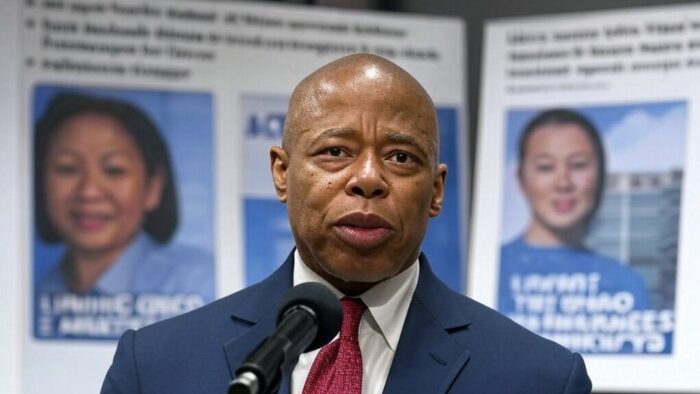US media is reporting that a complaint by members of the Muslim Student Association (MAS) at Hamline University in St. Paul, Minnesota, has resulted in the dismissal of one of the school’s art history instructors. Students said they felt victimized by the display of 14th and 16th-century depictions of the Prophet Muhammad during art class. According to an article by Inside HigherEd:
January 3, 2023 This fall, an instructor at Hamline University, in Minnesota, was teaching global art history. For one class, the instructor (who has not been named) was discussing Islamic art and included for a brief period (under 10 minutes) a screen image of Muhammad, the founder and prophet of the Muslim faith. The instructor had warned students of her plan. (…) The reaction to the lesson surprised the instructor and many others. One or more students complained about the image, believing (as many, but not all, Muslims believe) that showing the image was wrong.
Read the rest here.
The images were shown via Zoom on October 6, 2022. One of them depicted Muhammad receiving his first revelation from the angel Gabriel. It was taken from Jami’ al-Tawarikh (“Compendium of Chronicles”), published in Persia in the early 14th century. The adjunct professor, Erika Lòpez Prater, had warned the students about the images before displaying them to the class. Speaking to the school newspaper Hamline Oracle, Aram Wedatalla, the president of the Hamline University MSA, took offense at the images and said she felt victimized by their display:
As a Muslim, and a black person, I don’t feel like I belong, and I don’t think I’ll ever belong in a community where they don’t value me as a member, and they don’t show the same respect that I show them.
After the class in question ended, Wedatalla, together with another MSA member, complained to officials at the school.
On November 7, 2022, David Everett, Associate Vice President of Inclusive Excellence, sent an all-campus email declaring that a recent classroom incident was “undeniably inconsiderate, disrespectful, and Islamophobic.” The instructor was subsequently released from her spring-term teaching, with the school refusing to renew her teaching contract. According to additional reporting by the New York Times, a December 8, 2022, student forum at the Hamline University campus to discuss the matter featured a speaking appearance by Jaylani Hussein, Executive Director of the Minnesota Chapter of the Council on American-Islamic Relations (CAIR), a leading organization of the US Muslim Brotherhood. At the meeting, Hussein argued that the instructor’s actions hurt Muslim students and students of color and that it had “absolutely no benefit,” saying:
If this institution wants to value those students, it cannot have incidents like this happen. If somebody wants to teach some controversial stuff about Islam, go teach it at the local library.
According to the NYT, an invited Muslim speaker at the meeting compared showing the images to teaching that Hitler was good.
On December 9, Fayneese Miller, the university’s president, and David Everett justified their actions in a letter to the campus:
It is not our intent to place blame; rather, it is our intent to note that in the classroom incident—where an image forbidden for Muslims to look upon was projected on a screen and left for many minutes—respect for the observant Muslim students in that classroom should have superseded academic freedom.
Several Hamline professors and academic and civil rights organizations, including PEN America, have condemned Hamline University’s handling of the matter, calling the incident “one of the most egregious violations of academic freedom in recent memory.” The Foundation of Individual Rights and Expression announced it would look into the matter.
Founded in 1963 by Muslim Brotherhood members fleeing their home countries, the Muslim Student Association was the forerunner of what would become the Global Muslim Brotherhood (GMB) in the US. Leaders of the International Institute of Islamic Thought (IIIT), another GMB organization in the US, played instrumental roles in its founding and early years.









